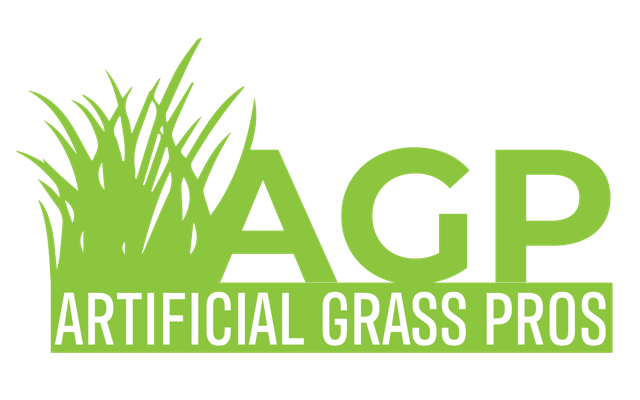Artificial turf and synthetic turf is an artificial surface of synthetic fibers designed to resemble natural grass. It’s most commonly used in sporting venues for football or are typically played on when grass is not available. But over time, it has also become popular in residential landscaping and even commercial applications.
The most common material for making synthetic grass is the polyethylene fiber. It’s mixed with cement and water, which make it into a fine, powdery substance that can then be woven into the tough but flexible fibers that look just like real grass. When manufactured in large quantities, the fibers can be used for several years without wearing out. Synthetic turf is easy to maintain since all you need to do is to sweep up any dust or dirt from it. And because it requires little or no maintenance, synthetic grass is more environmentally friendly than natural grass.
There are three main factors to consider when choosing a turf type: appearance, sound, and durability. Appearance is determined by the overall design, such as the texture, the colors, or the pattern design that’s applied to the blades. The choice of color and patterning for the blades is usually based on whether the landscape installations will be used for either commercial or private purposes.
Sound is also a consideration, since some people find that the coarse noise made by blade movement bothers them. For this reason, turf with a thatch layer is preferred. A thatch layer is made of polyethylene, which is the same ingredient as in plastic peanuts. While a thatch layer is more visually appealing than a smooth and creamy texture, the texture is softer and a lot more comfortable to walk on. As a result, synthetic grass with a thatch layer still maintains good sound quality.
Lastly, consider the durability of the turf. If the installation site receives a lot of rainfall or drainage, water-resistant synthetic grass products should be selected. With regards to drainage, it should be kept in mind that a smooth, flat surface is more resistant to runoff than any other irregular and textured surface. This is especially true for the third-generation synthetic grass that employs a multi-cell wetting system called the Hydrostatic Control system, which is comprised of an in-built drainage fiber that channels wetness away from the blades.
Based on the characteristics, a turf product should be chosen that will best meet the requirements of the landscape application. However, remember to choose products that are built upon quality engineering principles such as hydrostatic performance, durability, and sound quality. Moreover, choose products that are water-resistant, as even low temperatures can destroy even the best engineered turf. In the end, a landscaping artificial grass & turf installation company should be able to discuss the technical details with the client, go over the customer requirements, and make a recommendation of the most appropriate and durable synthetic turf products to fulfill their needs.
Artificial Grass Pros of SW Florida installs 100% Made in USA only Artificial Grass & Synthetic Turf! Our motto is to not cut any corners in quality or the installation rocess. If you are looking for installation of synthetic turf or fake grass then give us a call. We do athlectic fields, landscaping, residential, commercial, municipal, putting greens, rooftop installations, training gyms, playgrounds, indoor or outdoor athletic training locations, artificial ivy, and much more!!!

Recent Comments